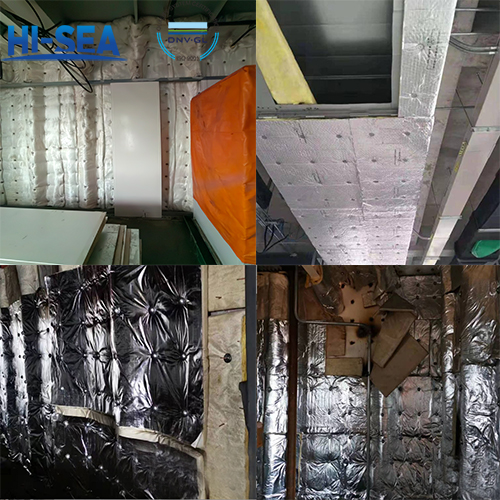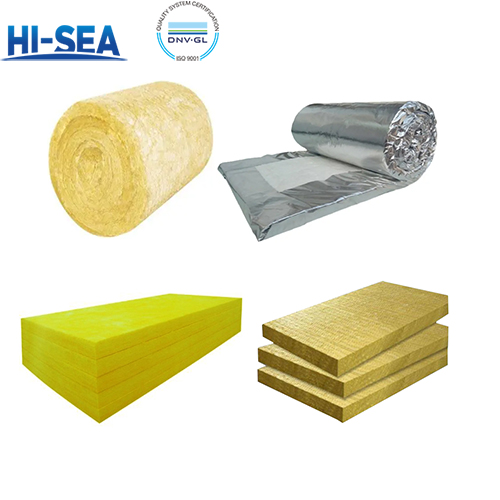
Marine Insulation Materials
Marine insulation materials are materials used for internal or external insulation of ships, which can effectively reduce the temperature loss inside the ship and improve the energy efficiency of the ship. Common marine insulation materials include rock wool, glass wool, polyurethane foam, etc. Marine insulation materials are usually used in cabins, cargo holds, pipelines and other parts to ensure that the ship maintains a suitable temperature during navigation.
Overview
Main Functions of Marine Insulation Materials
Thermal insulation: reduce heat loss and improve energy efficiency, especially in areas where a specific temperature needs to be maintained, such as cold storage rooms and engine rooms.
Fireproof and heat insulation: prevent the spread of fire and provide necessary fire protection, in line with the fire protection requirements of the International Maritime Organization (IMO) and the International Convention for the Safety of Life at Sea (SOLAS).
Noise reduction and sound insulation: absorb and block noise to improve the comfort of crew and passengers.
Common Types of Marine Insulation Materials
Rock wool (mineral wool): has excellent fireproof and heat insulation properties, often used for insulation of bulkheads, decks and pipes.
Glass wool: light weight, good sound absorption, suitable for sound insulation and general insulation needs.
Ceramic fiber: high temperature resistant, suitable for insulation in high temperature areas such as boilers and exhaust systems.
Application Areas
Hull structure: insulation and fire protection of bulkheads, decks and partitions.
Machinery: thermal insulation of engines, boilers and piping systems.
Living area: sound insulation and thermal insulation of cabins and rest areas to improve comfort.
Special uses: low-temperature insulation of cold rooms, freezer compartments and liquefied natural gas (LNG) tanks.
Pictures of Marine Insulation Materials on Ships






